By Susanne von Rosenberg, UC Master Gardener of Napa County
I still remember my first fresh figs. My family was traveling in Southern Europe and my dad stopped at a roadside stand. He was so happy that they had figs. Looking at the dark brown, lumpy fruits, I didn't exactly share his excitement…until I tried one. That sweet, colorful flesh was a wonderful surprise, and I've been hooked on figs ever since.
Figs are an ancient fruit. There are descriptions of them in Sumerian writings, and archeological evidence of figs dates back to 5000 BCE. Fruit that has been cultivated for that long is usually tasty and the trees are tough. What more could a gardener want?
There are hundreds, if not thousands, of fig varieties. No matter where you live in Napa County, you'll be able to find a variety that's right for your microclimate.
All these varieties belong to one of two types: common figs, which do not require pollination to set good fruit; and Smyrna figs, which require pollination. Smyrna figs are pollinated by caprifigs, which provide pollen but are considered inedible. For the backyard gardener, it's easier to plant common figs, and they are also the most readily available.
Figs are propagated from cuttings and grow on their own roots. You can get cuttings from friends or at scion exchanges and start trees of varieties that you like.
The best time to collect cuttings is during the dormant season. Keep them in a plastic bag in your fridge until the weather has warmed up a little. I like to plant two or three cuttings, six to eight inches each, in a 1-gallon pot. Usually at least two of the three will root.
That success can get addictive. (I have 14 fig trees!) Self-seeded fig trees hardly ever produce good fruit. According to the fig expert at the UC Davis germplasm repository, only about 1 in 100 wild fig seedlings produces tasty fruit.
I happened to get lucky with my first one and then planted another donated seedling that has never produced edible fruit. (It still makes a good shade tree, though.) Fig-tree trunks and branches are sensitive to heat and sun damage; whitewash them if they receive a lot of sun or are newly exposed after pruning.
The fig itself is not a single fruit but a syconium, an enlarged, fleshy and hollow flower stalk, or peduncle. The flowers are tiny and on the inside of the peduncle. A single fig contains many fruits; each seed is part of one fruit.
Many fig trees produce an early (“breba”) crop and a main crop. The breba crop forms on wood that grew the previous year, and the main crop—typically ready in late summer or fall—grows on the current year's wood. Breba crops can be killed by late frosts.
Fig trees have a reputation as relatively drought tolerant but they actually prefer regular watering (twice a month or more) during the dry season. If you have never watered your fig tree and it's doing well, it's likely getting water from irrigated areas nearby.
Fig trees tend to have large root systems. They prefer well-drained soils but can handle wet soils better than most other fruit trees. They don't require much winter chill.
You can prune a fig tree to a single trunk, or let it grow into a more bushy shape. Just prune the tree for balance and height. Depending on the variety, fig trees can grow from 10 to 50 feet tall. I recommend keeping them short so you can easily harvest the figs and don't waste water on figs that you'll never be able to reach.
Figs are ready to harvest when the neck starts to bend a little and the fruit starts to soften. You may also notice that figs swell quite a bit when ripe. They'll continue to soften after you pick them and only last in the fridge for a couple of days.
Fig trees need little fertilizer. If you fertilize too heavily, you will get a lot of leafy growth and no fruit. However, if the branches of your fig tree grew less than a foot the previous year, you may need to fertilize.
In our area, gophers are the primary pest of fig trees. They love to eat the roots. To foil them, plant your fig tree in a wire basket at least 16 inches deep and open at the bottom; that protection deters most gophers. If they do attack and kill your fig tree, the tree will likely re-sprout from undamaged roots. This has happened to me several times. Deer enjoy figs but will not harm the tree.
Varieties suitable for the cooler parts of Napa County include Osborne Prolific, Tena, Genoa, Blanche and the misnamed Desert King. Popular all-purpose figs include Black Turkey, Mission, Excel and Adriatic. Tiger Fig (Panache), Kadota and Conadria need a lot of heat.
Workshop: Napa CountyMaster Gardeners will present a free 1-hour Library talk via Zoom on Thursday, July 1, on “Potpourri of Growing Tips and Good Practices.” Learn how to clean and store your tools, how to manage yellow jackets, and more. Register to receive the Zoom link: http://ucanr.edu/2021JulyGardenTips
Free Guided Tree Walk: Join Master Gardeners of Napa County for a tree walk in Fuller Park in Napa on Tuesday, July 13, from 10 a.m. to noon. Limited to 12 people per walk. COVID safety protocols will be followed. You will be asked health questions and asked to sign in. Face masks and social distancing are required. Register here.
Got Garden Questions? Contact our Help Desk. The team is working remotely so please submit your questions through our diagnosis form, sending any photos to mastergardeners@countyofnapa.org or leave a detailed message at 707- 253-4143. A Master Gardener will get back to you by phone or email.
For more information visit http://napamg.ucanr.edu or find us on Facebook or Instagram, UC Master Gardeners of Napa County.
Attached Images:
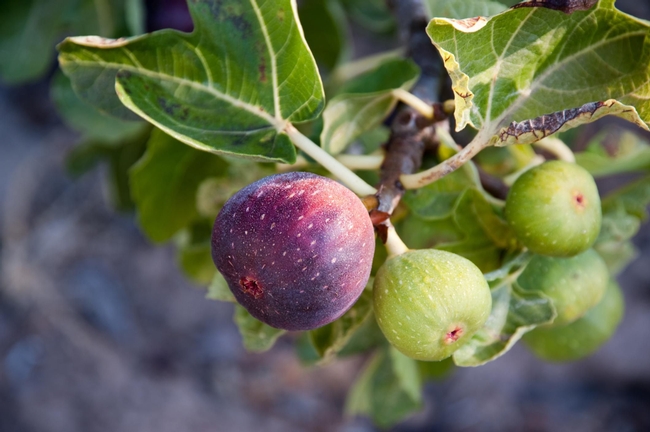
Figs. (thespruce.com)
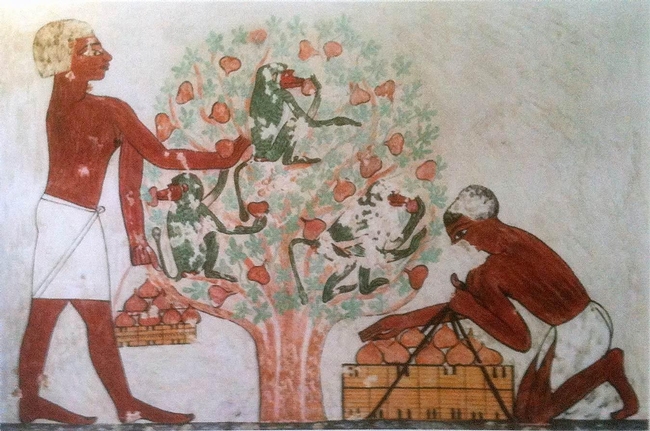
Figs in antiquity. (studyblue.com)
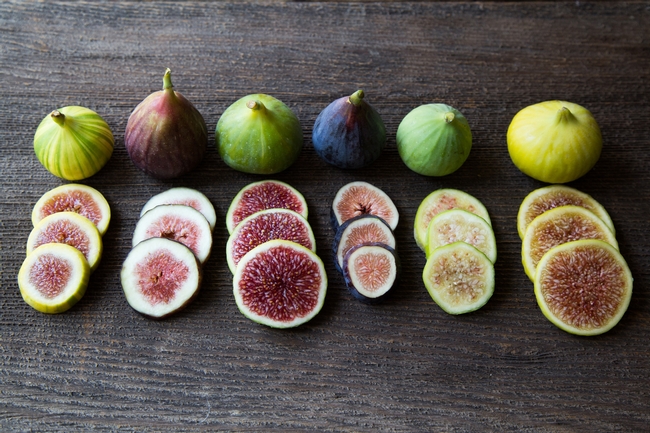
A few of the many fig varieties. (prnewswire.com)

Painting tree trunks helps prevent sunburn. (hunker.com)
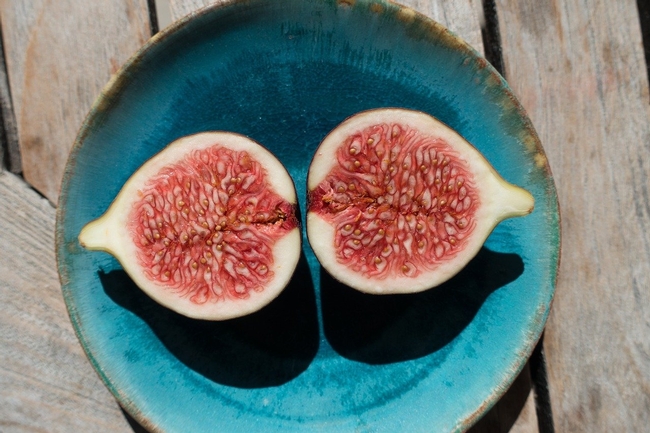
Inside a fig. (pixabay.com)
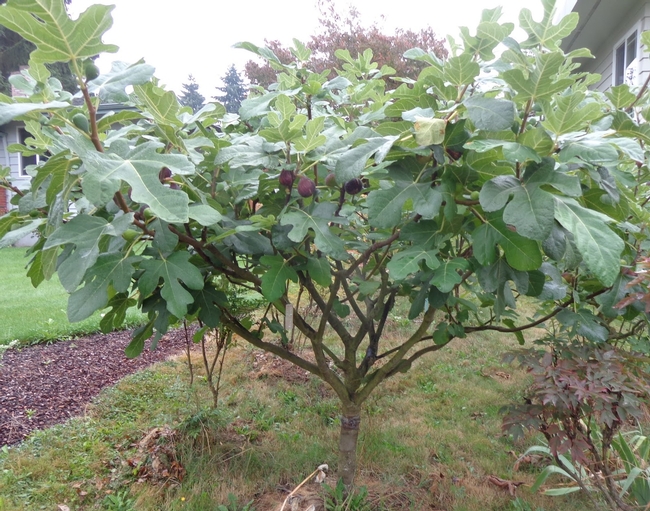
Keeping fig (and all fruit) trees short keeps them manageable. (growinggreener.blogspot.com)
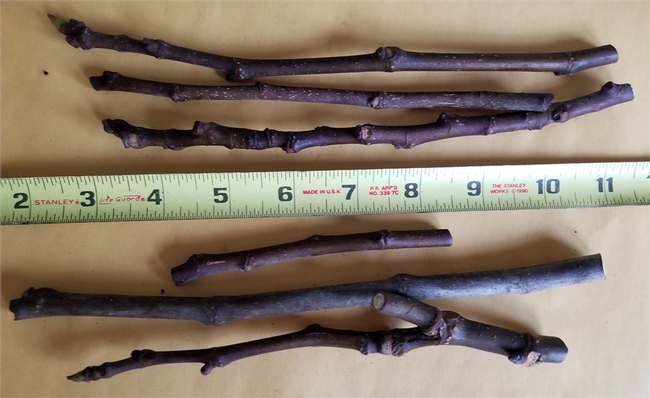
Fig scions, be sure to label! (figbid.com)
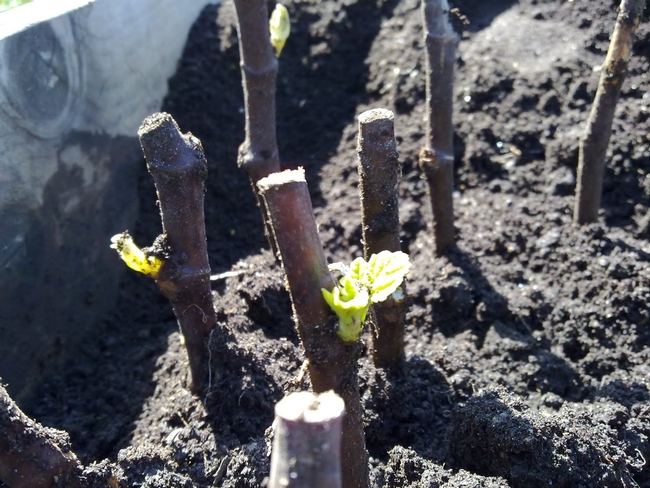
Put scions in soil. (italiangardening.com)
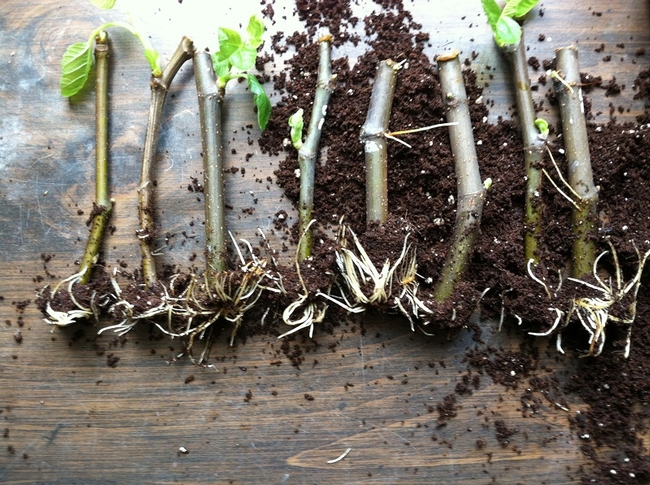
When rooted, plant them. (ourfigs.com)
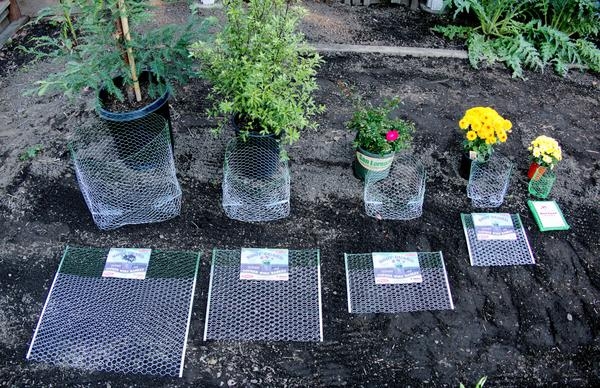
Use a gopher guard when planting. (thebulkdepot.com)
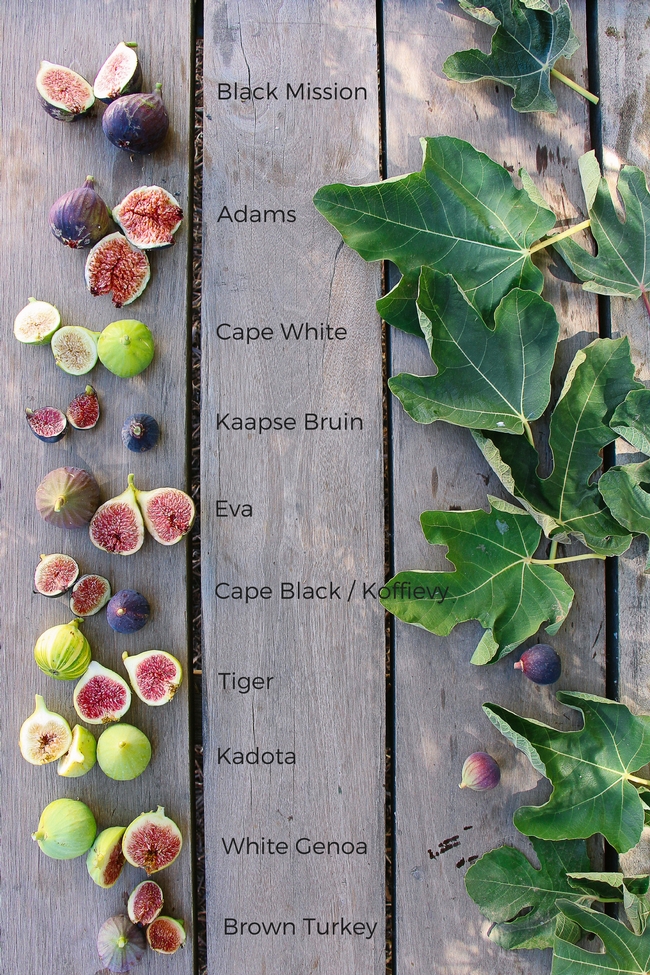
Just a few of the gazillion fig varieties. (babylonstoren.com)